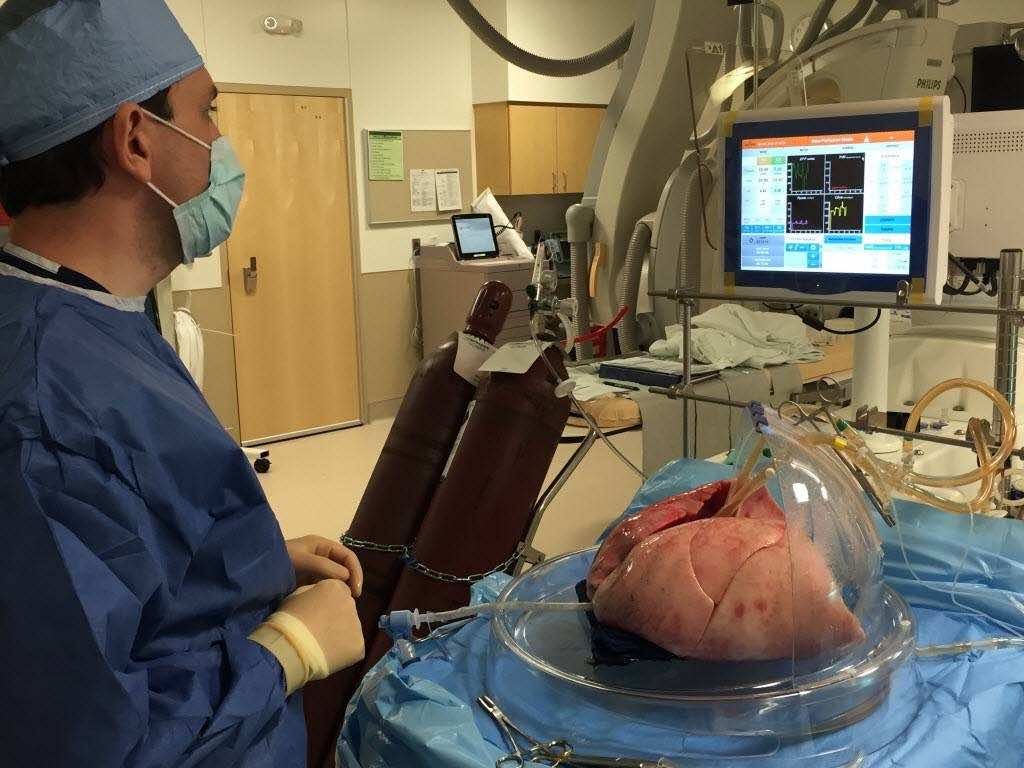The doctors are calling this technology ex-vivo lung perfusion. It was a clinical trial when Eutana Herzig, the wife of John Herzig, decided that her husband was going to be the first one to undergo this procedure. At that time, no one needed new lungs more than John as his 58 years old lungs were now scarred and failing.
John’s family had given up all hope and even had his funeral planned when Eutana heard of this new technology in Dallas. It was a machine that allowed lungs to thrive outside the body to give the doctors enough time to find a needy patient and implant them.
When John arrived on the third floor of UT Southwestern University Hospital, the lungs were kept in a glass bubble. Blushing pink and round, they were swelling and collapsing due to artificial breathing mechanism installed. Tubes and flow system were installed to mimic the blood, oxygen flow, and also deliver the required nutrients to the tissue.
Why Is This Technology Amazing?
According to Dr. Fernando Torres, the medical director of the lung transplantation program at UT Southwestern Medical Center, only 30 percent of the donated lungs are viable for transplant. Unfortunately, lungs are one of the easiest organs that can get irreparably damaged.
The physicians use lung size and blood type to make a match. Then, there is a long transplant list prioritized by who is closest to death. According to the Network for Organ Sharing, 205 people died last year across the U.S. while waiting on the list.
Doctors only match the lungs on paper by their blood tests and CT scans. Sometimes they also have to test it for some physical problems. If everything is clear, some blood problem might get in the way.
Hence, this new procedure is a breakthrough in a sense that it allows doctors to wash out all of the donor’s blood and observe the lungs for apparent physical problems.
Only 16 other hospitals in the world are doing the ex vivo clinical trials, and UTSW is one of them. The technology has already been approved in Canada and Europe.
The results for John were astoundingly amazing. After the six-hour procedure, his family was finally allowed to see him through the ICU window. His chest was filled with incoming and outgoing tubes, but what mattered was that his chest was rising and falling with ease.
John finally woke up after three days of his surgery, having a huge incision wrapped across his chest. The surgery and initial recovery went well. Two weeks later, he was discharged from the hospital and moved to a temporary apartment provided by the Niklas Foundation for organ transplant patients. Doctors say they’ll release him in a few months so as he may go back to his home in Oklahoma.
What do you think about this life-saving technology? Comment below!

